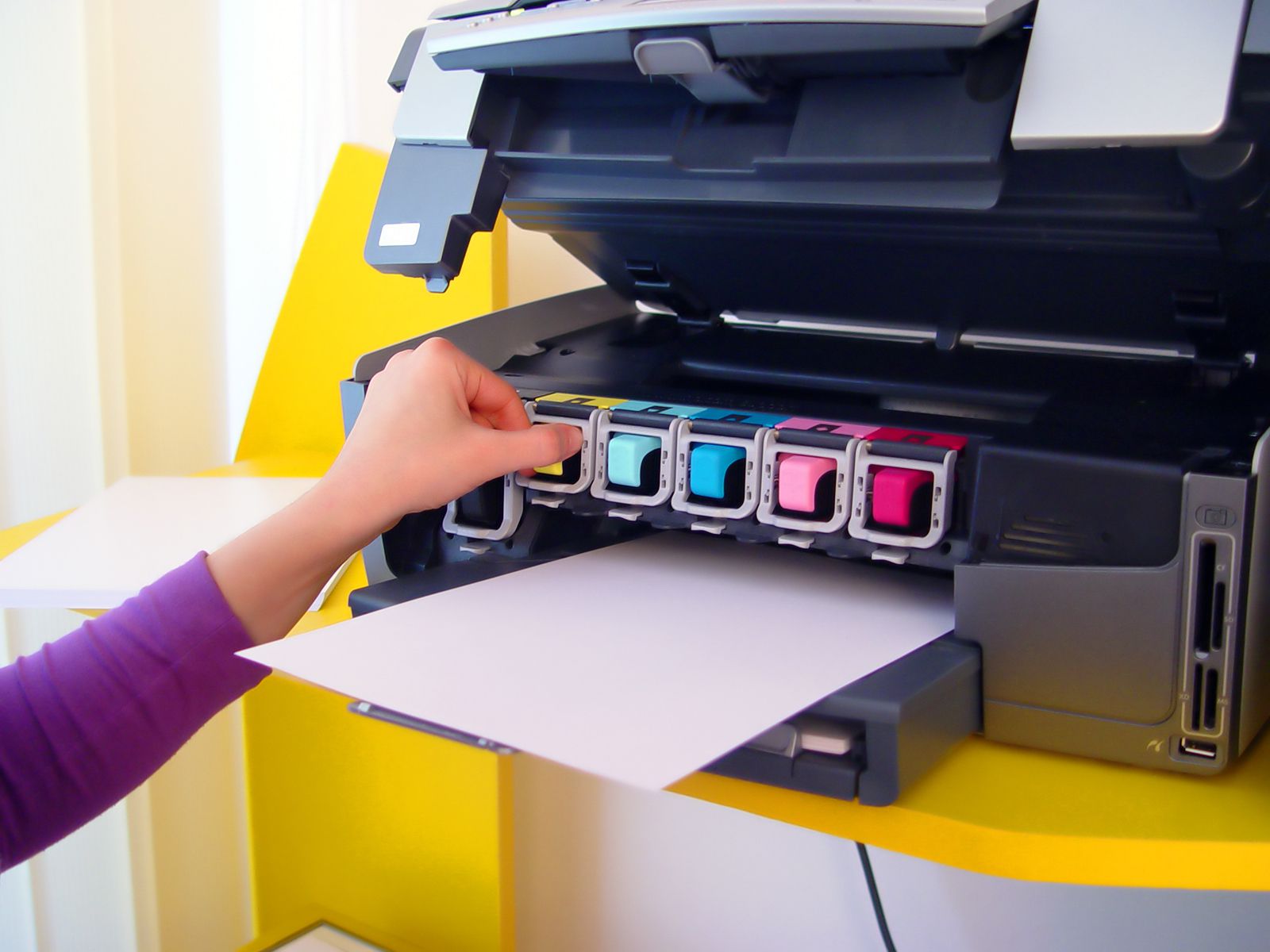Last Updated on January 4, 2022 by Lilian Brooker

If you rely a lot on your computer and peripherals for day-to-day operations at the office, you know the kind of frustration that sets in when even one of these fails to operate as it should. A printer can become inoperable from a number of causes. Since several factors are involved in the working of a Mac and printer, you may need to resolve many separate aspects just to get to the underlying cause.
Table of Contents
Cables and Connections
In cases where many peripherals and cables are plugged into the computer, your printer’s cable may not be secured tightly, or may have gotten disconnected. This is obviously the first place to check. To fix the connection problem, unplug the cables between your computer and printer, and then plug them back properly. Every Mac model has multiple USB ports; if your printer is still not working despite reconnecting the cables, then try using a different port. Sometimes, USB cables stop working right after being used for a long while.
- With all required cables hooked up, open the System Profiler app from the Apple menu, and below About this Mac.
- Click the More Info button, and select Printers. If the printer device is not listed in the System Profiler, try a different USB cable.
- In case you see more than a printer listed, check whether you have the necessary program installed for a second printer, and try printing to the second model.
Application or Printer Driver Issues
- If you have been attempting to print from the same app without success, exit it and retry printing from native MAC OS X version’s software, such as TextEdit.
- If the printer works, there is probably an issue with the software, or with the printer drivers installed in the operating system. In order to stay up to date on all Mac software, you can use the Software Update option to check for and install the latest version, which may improve your system’s performance.
- In case your printer driver is unavailable or missing, download a copy of it from the downloads section of Mac OS X, or check the website of your printer manufacturer for the same.
- Follow the on-screen prompts and instructions in order to install the downloaded printer driver that is compatible with the OS version. In addition, go to the website of the software developer to find out whether there is an update, patch or fix for compatibility problems between the software, Mac OS, and your printer.
Network Issues
- Networked Mac systems via AppleTalk may possibly present their own communication problems. In case file sharing options are not turned on, or browsing is unavailable, your printer cannot communicate with the Mac.
- Choose System Preferences from Apple Menu, click on the Network icon, choose Advanced, and select Apple Talk. Make sure AppleTalk is active.
- In case a different printer is active in this menu, try printing to the device. When printing to another wireless printer, though, add it to your network.

If you have updated to Mac OS X Lion, which does not support AppleTalk anymore, these troubleshooting steps do not apply to you.
Delete the Printer and Clear the Print Job Queue
- If you have been attempting to print from the same app without success, check if there are multiple print jobs in the list. This varies with the printer model. Most brands use a standalone utility app that allows you to check ink levels as well as clear print jobs in the queue.
- Alternatively, you can use the Open Print Queue feature located in the Print and Fax pane of Mac OS X System Preferences. Select the print job enqueued in the list, and get rid of the same.
- Remove the printer itself by choosing System Preferences once more, and then Print and Fax. In case the padlock icon in the window is not locked, click on it, and enter your admin login credentials.
- Choose the minus icon below the Printers panel in order to get rid of specific printers from the list. Add it again by choosing the Add Printer button accompanied by a plus sign. In case the printing issue persists, remove the printer, and add it back.

Repair Permissions
- Repairing the permissions on a Mac can often solve a ton of issues, particularly when system files have been corrupted. In order to repair permissions, you need to double-click on Utilities in the Applications folder, and open Disk Utility.
- Click on First Aid, and select the hard drive in the window that opens next.
- Run the program by clicking Repair Disk Permissions. This will check hard drive for corrupt permissions.
If the issue still persists, get in touch with our printer support professionals on our toll-free contact number for speedy and efficient resolution.




